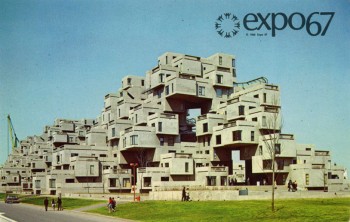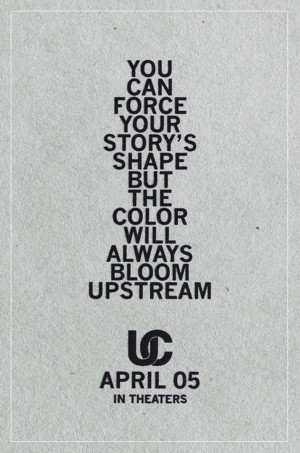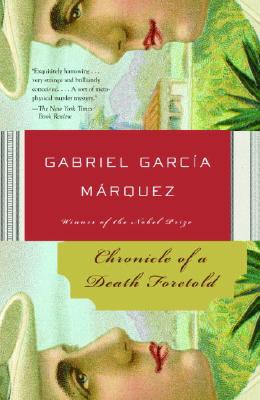“Stories of imagination tend to upset those without one.” –Terry Pratchett
The first thing I usually do upon finishing a draft of one manuscript is to start thinking about what to write next. I have notebooks full of half-baked ideas and infant plot-lines, but the challenge when beginning a story–short- or long-form–is to judge whether or not it’s worth telling. And one thing I’ve come to terms with–as both a reader and a writer–is that not all stories are worth telling. And even if they are worth telling, they shouldn’t all be told the same way.
I like to think of a story as a house. In the simplest sense, a house has four walls and a roof. Similarly, a story must meet some bare structural specification before it can even qualify as a story: some semblance of a plot, perhaps a character or two, maybe some dialogue. (James Joyce might argue that this is not the case, but let’s leave him out of it for now). But beyond those basics, a lot of variation is possible. How the story is created–what devices and structures are employed–that’s what makes the house a home, so to speak. Just as there are log cabins and chateaus and open-plan lofts, so there are a thousand and one ways a story may grow into something unique and compelling.
Last night the husband and I watched an amazing film called Upstream Color. Written, directed, and produced by Shane Carruth (of Primer fame), the film is a heart-breakingly beautiful and densely layered portrait of two lives torn apart and then stitched back together. At once perplexing, overwhelming, and poignant, the story wavers between surrealistic abandon and hyper-tactile realism. Although strange and difficult to follow, I was never-the-less struck with the way the storyline resonated in my very soul.
I have definitely come to realize, as I grow older, that I appreciate these kinds of twisting, strange, surrealistic tales more than almost anything else. Darren Aronofsky, director of films like Black Swan and Pi achieves this kind of structurally challenging but emotionally compelling storytelling better than most. I’ve watched The Fountain numerous times, walking away each time with a different depth of perception. When reading I admire authors who can, with words, capture a similar feeling; of being caught in a whirlwind that may start nowhere and end nowhere, but visit some exceptional places in between.
I felt this way when I discovered Gabriel García Márquez for the first time, and again when I read Eduardo Galeano’s The Book of Embraces and Jorge Luis Borges’ Labyrinths. I have had similar experiences with Diana Wynne Jones’ brilliantly surrealistic young adult novels; the perplexing conclusion to Fire and Hemlock sent me reeling even as a grown woman. Erin Morgenstern’s Night Circus managed a similar effect; with a spiraling structure echoing the timelessness of the characters’ experiences, she wove together fantasy and reality and gave us something better and richer than either alone.
So as I flip through my notebooks searching for the next spark of inspiration, perhaps I will begin to think not about what story to write, but how to imbue that story with the strangeness and the emotional complexity that I so admire in others’ works.
Do you have a particular style of writing that you particularly admire, or find strangely compelling? Leave your thoughts in the comment section below!



0 Comments